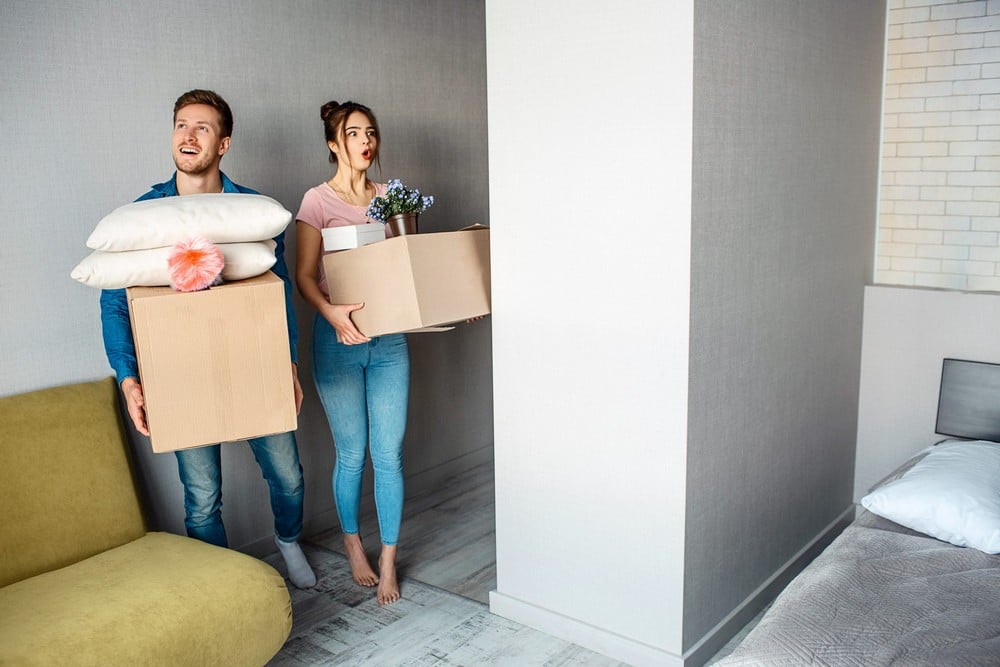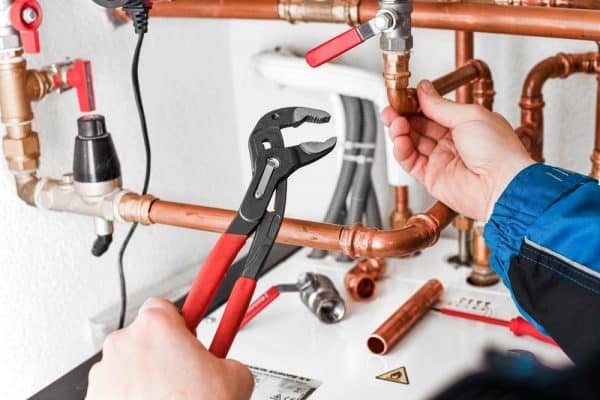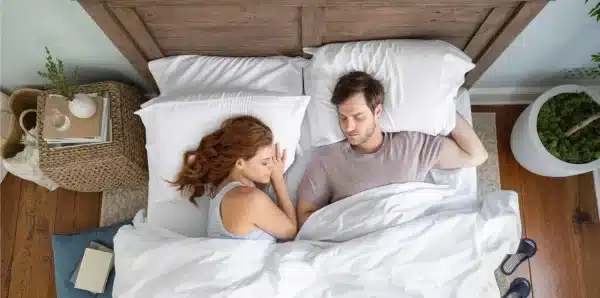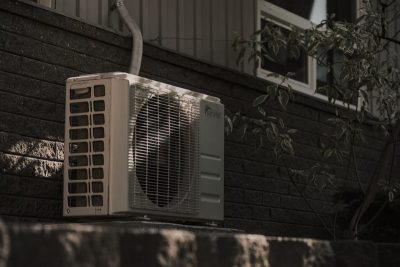
Adjusting to life at college often involves making do with less space than before, especially for newcomers living in apartments or dorms with limited storage, organization, and functionality. Finding creative solutions requires innovative storage, organization, and functionality solutions in these limited living environments; optimizing small spaces makes practical sense and can create an inspiring living environment as well. We will explore practical strategies students can employ in making the most out of limited living environments.
Multi-Functional Furniture: Improving Practicality and Comfort
Furniture serving multiple functions can effectively solve the challenges associated with living in tight quarters. A lofted bed, for instance, creates extra space underneath to accommodate a desk, reading nook, or mini living area – optimizing functionality while meeting changing lifestyle needs seamlessly. Futons or sofa beds further demonstrate this versatility by offering comfortable seating during the day while effortlessly transitioning into beds at night for space-saving solutions without compromising comfort.
Vertical Storage Solutions: Elevating Storage to New Heights
Vertical storage options become even more beneficial when floor space is at a premium. Wall-mounted shelves, floating cabinets, and tall bookshelves offer ample vertical storage while drawing the eye upward to create the impression of height and spaciousness – this strategy of effectively using vertical space in small rooms with limited square footage. Over-the-door organizers also help maximize available space, providing convenient solutions for shoes, accessories, and study supplies, keeping living areas organized and clutter-free.
Under-Bed Storage: Unlocking Hidden Potential
Under-bed storage solutions provide students with an invaluable source of storage solutions. Students can use this space by investing in storage bins, drawers, or organizers that fit snugly beneath their bed frames. Under-bed storage provides a discreet yet efficient means of stowing away seasonal clothing or extra bedding not required daily. It is an efficient way to declutter rooms while making essentials easily accessible when needed.
Foldable and Stackable Furniture Adapts to Dynamic Lifestyles
Flexibility is at the core of efficient small-space living, and foldable or stackable furniture exemplifies this adaptability. Folding desks, chairs, and tables enable users to create spacious environments as needed – yet are easily stored away when additional space is required – proving especially helpful for students hosting study sessions or social gatherings – or those simply looking for new ways to arrange their living spaces to achieve an exciting, vibrant feel.
Light Colors and Mirrors: Illuminating and Expanding Spaces
Color and light both play an essential part in our perception of space. Lighter-hued walls and decor help create the impression of openness in a room, making it appear brighter and larger. Neutral tones or pastel hues reflect natural light beautifully to create an inviting ambiance. Strategically placed mirrors can further expand our sense of space by reflecting it around the room, giving the appearance of more openness than previously. Combined together, color and mirrors transform small spaces, making them feel airy and welcoming.
Clever Organization Systems: Stay Organized Amid Compact Living Space
The organization is key for small-space living. Drawer dividers, storage bins, and hanging organizers are indispensable tools for keeping things in order and creating the illusion of more space in a tiny apartment or studio apartment. Careful planning creates peace and order within limited living areas by eliminating chaos.
Flexible Lighting Solutions: Enhancing Ambiance
Lighting can be an indispensable resource in creating an inviting and comfortable ambiance for small spaces. Employing flexible lighting sources like floor lamps, wall sconces, and string lights to add ambient illumination enhances the overall atmosphere, while desk lamps offer task lighting for focused study sessions. Experimentation with various light sources adds depth and warmth, creating a welcoming and versatile atmosphere within small areas.
Dual-Purpose Decor: Harmony between Aesthetic and Practical Features
Decor items that serve multiple functions in a small living space can look aesthetically pleasing and are highly practical. Poufs make excellent extra seating or footrests, while decorative baskets keep items tidy while adding visual interest. Including decor that aligns with the room’s personal style and functionality creates a balance between aesthetic appeal and practicality that fosters harmony between aesthetic appeal and practicality.
Clear and Compact Furniture: Establishing Visual Airiness
Furniture that boasts clean lines and compact designs is essential in small spaces. Transparent pieces like acrylic chairs or glass tables, for instance, create the impression of more space as these pieces visually blend in with their surroundings. Opting for pieces that do not dominate a room creates an airier ambiance and a general feeling of spaciousness.
Want to learn more about design, art, and culture? Check northiowatoday for more
Personalized Wall Storage: Infusing Personality into Organization
Customizing storage solutions through personalized wall-mounted storage adds a unique touch to small living spaces. Installing pegboards, corkboards, or a grid system provides opportunities to hang and display items like stationery, photos, or plants. This not only adds a personal touch to the room but also frees up desk and floor space, promoting both organization and self-expression.
Tech Organization: Taming the Digital Chaos
In the digital age, managing technology and cables is a crucial aspect of small-space living. Cable organizers and clips become essential tools for keeping cords tidy and preventing them from becoming a visual distraction. Considering furniture with built-in charging stations eliminates the need for excess cables, streamlining the tech organization process and maintaining a clean and uncluttered appearance.
Plants to Add Vibrancy Indoors: Bring Nature Inside
Indoor plants add vibrancy and nature into any small space while also improving air quality, improving overall well-being, and contributing to the aesthetic appeal. Selecting low-maintenance succulents or snake plants ensures seamless integration into limited spaces while offering benefits of nature without overwhelming the room – not only do indoor plants decorate a room, but they contribute towards making it healthier and more inviting!
By combining these strategies, students can transform their living spaces into efficient, stylish, and cozy retreats. The key is embracing creativity while prioritizing functionality to meet personal preferences and academic requirements. In case you need more time for interior organization, you can buy college term paper on SpeedyPaper. Effective use of small spaces isn’t simply about using up every inch; rather, it involves creating an environment that fosters productivity and relaxation and creates a sense of home.








